
Duane Hanson was an American artist and sculptor born in Minnesota. He spent most of his career in South Florida. He was known for his life-sized realistic sculptures of people. He cast the works based on human models in various materials, including polyester resin, fiberglass, Bondo, and bronze. Hanson's works are in the permanent collections of The Whitney Museum of American Art, The San Francisco Museum of Modern Art, and The Smithsonian.
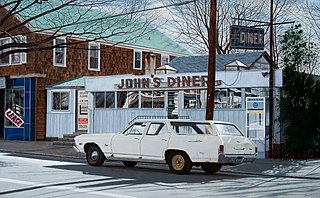
Photorealism is a genre of art that encompasses painting, drawing and other graphic media, in which an artist studies a photograph and then attempts to reproduce the image as realistically as possible in another medium. Although the term can be used broadly to describe artworks in many different media, it is also used to refer specifically to a group of paintings and painters of the American art movement that began in the late 1960s and early 1970s.

Ronald Hans Mueck is an Australian sculptor working in the United Kingdom.

The J. Paul Getty Museum, commonly referred to as the Getty, is an art museum in Los Angeles, California housed on two campuses: the Getty Center and Getty Villa.

George Segal was an American painter and sculptor associated with the pop art movement. He was presented with the United States National Medal of Arts in 1999.
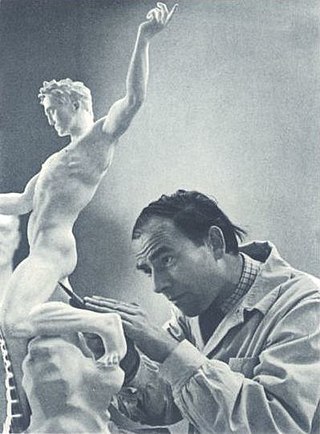
Arno Breker was a German architect and sculptor who is best known for his public works in Nazi Germany, where they were endorsed by the authorities as the antithesis of degenerate art. He was made official state sculptor, and exempted from military service. One of his better known statues is Die Partei, representing the spirit of the Nazi Party that flanked one side of the carriage entrance to Albert Speer's new Reich Chancellery.

Jonathan Borofsky is an American sculptor and printmaker who lives and works in Ogunquit, Maine.

Hyperrealism is a genre of painting and sculpture resembling a high-resolution photograph. Hyperrealism is considered an advancement of photorealism by the methods used to create the resulting paintings or sculptures. The term is primarily applied to an independent art movement and art style in the United States and Europe that has developed since the early 1970s. Carole Feuerman is the forerunner in the hyperrealism movement along with Duane Hanson and John De Andrea.

De Wain Valentine was an American minimalist sculptor who was born in Fort Collins, Colorado. Often associated with the Light and Space movement in the 1960s, he is best known for his minimalist sculptures of translucent glass, fiberglass and cast polyester resin having slick surfaces suggestive of machine made objects. He lived and worked in Gardena, California.
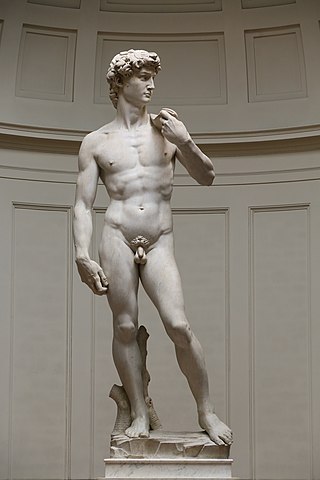
The nude, as a form of visual art that focuses on the unclothed human figure, is an enduring tradition in Western art. It was a preoccupation of Ancient Greek art, and after a semi-dormant period in the Middle Ages returned to a central position with the Renaissance. Unclothed figures often also play a part in other types of art, such as history painting, including allegorical and religious art, portraiture, or the decorative arts. From prehistory to the earliest civilizations, nude female figures were generally understood to be symbols of fertility or well-being.
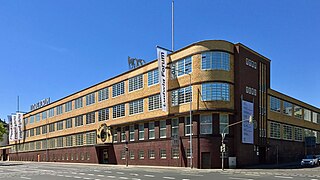
The Ludwig Forum for International Art is a museum for modern art in Aachen. It is based on the Ludwig Collection, which was brought together by the Aachen collector couple Irene and Peter Ludwig, and is supported by the Peter and Irene Ludwig Foundation.

Franz West was an Austrian artist.
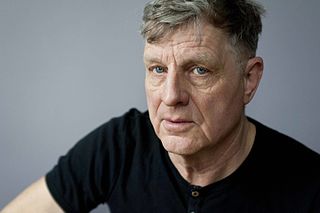
Rainer Fetting is a German painter and sculptor.

Clemens Weiss is a German artist living in the United States.

Gary Kuehn is an American artist who pioneered the Postminimal and Process Art movements of the 1960s.

Adolf Wamper was a German sculptor. Most of his works were figural, with some in an abstract realist style. During the 1930s he produced monumental sculptures for the Nazi régime; after World War II he taught at the Folkwang University of the Arts.
Frederick John Eversley is an American sculptor who lives in Venice Beach, California, and Soho, New York. He creates sculptures from cast resin and other materials, "a medium that makes possible many different effects, ranging from opacity to complete transparency. Eversley casts resin, a technically demanding material, into large cylinders; then, through cutting and polishing alters their form." Eversley's first solo exhibition at the Whitney Museum was in 1970; later, in 1977, he became the first artist-in-residence at the Smithsonian Institution's Air and Space Museum.
Roger Allen Kotoske (1933–2010) was an American sculptor, painter and educator.

Jussuf Abbo, originally Jussuff Abbu, was a Jewish visual artist, his mediums included printmaking and sculpture. He was active mainly in Germany.
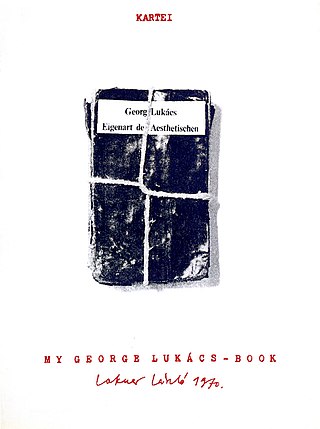
László Lakner is a Hungarian-German painter, sculptor and conceptual artist. He lives and works in Berlin. László Lakner was born in Budapest in 1936 to an architect of the same name and his wife Sara, born a Sárközy. Lakner is the father of the Hungarian artist Antal Lakner, who was born in 1966. After a long period in the cities Essen and Berlin, László Lakner now lives and works exclusively in Berlin, in the Charlottenburg district. Among other art shows, he was invited three times to participate in the Venice Biennale and once to documenta in Kassel (1977).

















